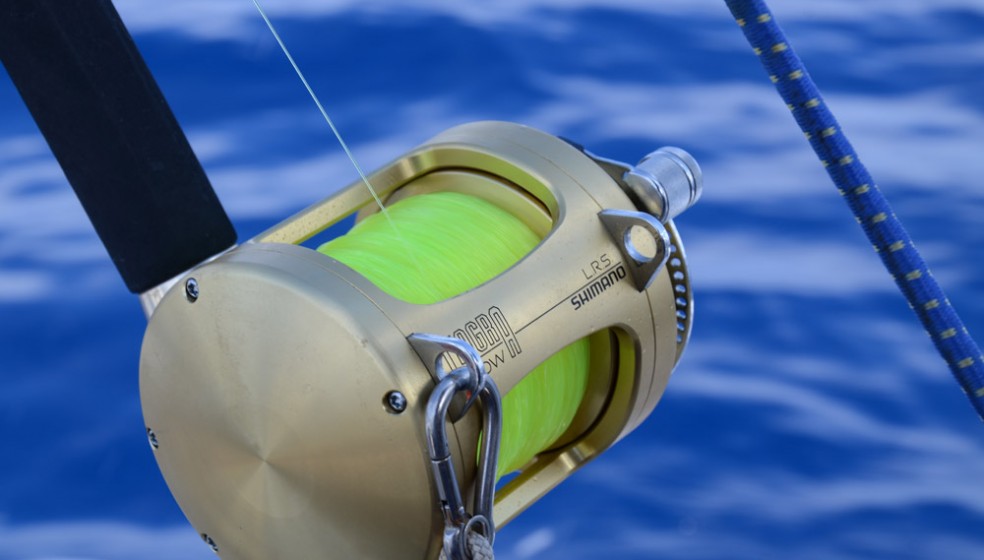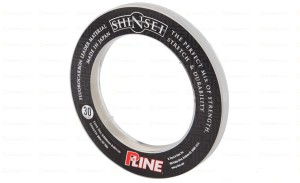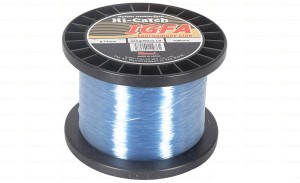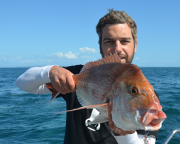Have you ever asked yourself – What kind of fishing line is best for me? Nylon or braid? Or does a quality fishing line even matter?
Believe it or not, all the hundreds or thousands of dollars you spend on your fishing rods and reels are absolutely worthless unless you have invested in fishing line that is of good quality and matches your intended style of fishing. Remember that it is the line that ultimately connects you to the fish; if this fails you are doomed to go home with an empty pot.
The following article offers a brief insight into the two of the most common types of fishing line – monofilament and fluorocarbon.
Fluorocarbon is a go-to line for many New Zealand fishermen. It is a very tough line that is more abrasion resistant than monofilament(mono). Perhaps its most attractive feature however is that it has very unique light refraction qualities, meaning that a quality fluoro is 100% invisible underwater. This has obvious benefits when fishing as your bait or lure really will appear to be ‘floating’ to target fish. Fluorocarbon also has less stretch than other lines, meaning you will feel a fish a little earlier and your strike will be stronger. Last and certainly not least, is that this line is also resistant to water absorption so will last much longer.
So there are clear advantages to using fluorocarbon, but it’s not quite perfect. The biggest problem with type of line is that is has a relatively poor knot strength and the upmost care must be taken when tying with fluoro as any weakness WILL be exploited. It is also a little bit more difficult to manage and isn’t a supple as other line. Then there is the cost, you will pay more for fluorocarbon.
The main advantage of monofilament line is that it is extremely supple. For anyone wanting to cast their baits or lures, mono is an obvious choice. This type of line will easily wrap around your spool and will cast much easier as it slips through the guides with less interference than you’d find with fluorocarbon line. Due to the suppleness of mono, knot tying is also a much easier process. Finally, it is also much cheaper than fluoro, meaning you can spool your reel up for a fraction of the price.
There are a few drawbacks to mono however. Firstly, due to its ‘softness’ it is much more susceptible to wear and tear and will break down over time. The fact that it also stretches and absorbs water only adds to its relatively short life. Mono is also visible underwater, making is a poor choice to connect to hooks or lures as this could increase the chances of ‘spooking’ a fish.
In the end…
Taking all these factors into consideration, there is still a definite place for both these fishing lines for anglers around the world.
In most game fishing setups, you will find the reel completely spooled with a monofilament ‘mainline’ while a heavy fluorocarbon leader will be used to attach the lure or bait to. With spinning reel setup used for softbaiting or lure fishing, braid has become the first choice as a mainline with a fluoro leader while those who are straylining or bottom fishing with baits will use a monofilament mainline with a fluorocarbon trace or leader.






















